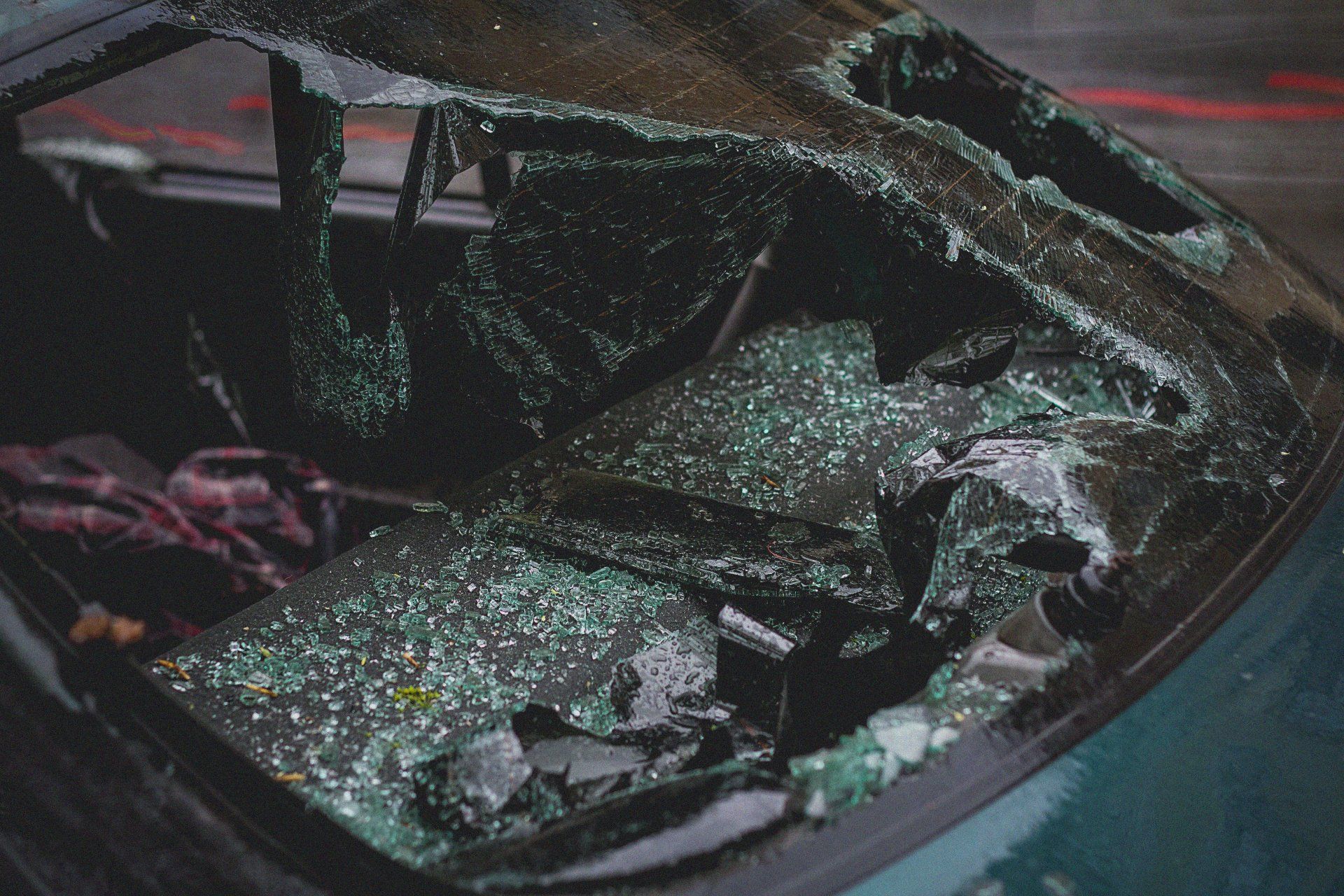Texas Is an At Fault State
Laws governing car accidents and how insurances payout vary from state to state. This includes the type of coverage an individual must have in order to meet state law standards.
Each state has precedence over what type of system is set in place. The two types which may be implemented include “at-fault” and “no-fault” based systems.
Texas is an “at-fault” insurance state, so drivers need not worry about acquiring personal injury protection like drivers in a no-fault state would require. Rather, drivers must acquire a minimum coverage amount to compensate others should they be responsible for a car accident that leads to personal injuries or property damages.
Owners of auto liability insurance in Texas are expected to meet minimum coverage requirements; it should be noted, however, that the actual damages in any accident may exceed the coverage provided. Victims of car accidents should consult an experienced attorney to determine if compensation can be pursued through the at-fault party’s insurer.
Call the hardworking Houston car accident attorneys of Lapeze & Johns at (713) 766-4855 today to start fighting for the compensation you deserve.
What is a “no-fault” state?
In a “no-fault” state, it does not matter who of the two parties is responsible for a collision. Both parties involved in a crash will seek compensation for their injuries and property damage through their Personal Injury Protection policy.
Unlike an at-fault state, individuals will not be compensated by the other party’s insurance policy. Rather, PIP coverage pertains to each individual and their designated insurance company. Physical injuries are typically covered by PIP but compensation for property damage may not be as easy to recover.
Is Texas a “no-fault” state?
No, Texas is an at-fault state. What that means is that if you are involved in an accident caused by another party, that individual is typically responsible for compensating you for your injuries and any property damages they caused. This is generally paid out through their insurance.
Victims of car accidents need to file a claim in order to be compensated by the responsible party’s insurer. Unfortunately, dealing with another party’s insurance company can prove to be difficult. Insurance companies often use “bad faith” tactics in order to prevent you from securing the compensation you are owed. These types of actions can include but are not limited to:
- Denying your claim without providing you a reason.
- Purposely undervaluing your claim.
- Failing to communicate promptly.
- Taking an exorbitant amount of time to resolve your claim.
- Failing to properly investigate your claim.
However, if negligence played some role in your car accident, you should be compensated. In an accident, liability insurance should cover the following damages:
- Medical expenses
- Lost wages
- Property damage
- Repairs
In Texas, driver liability coverage pertains to coverage for each injured person, coverage per accident, and coverage for property damage related to the accident. There is a required minimum coverage which follows the 30/60/25 rule, which stipulates:
- $30,000 bodily injury liability for each injured person;
- $60,000 bodily injury liability per accident;
- $25,000 for property damage liability per accident.
The 30/60/25 coverage is the minimum required, which means that if the injuries and property damage sustained exceed the amount of coverage the at-fault party has, then you may need to pursue a lawsuit to recover the difference.
As per the Modified Comparative Negligence law in Texas, an individual facing injuries or other damages may not seek compensation from the other party if they are more than 51 percent responsible for the accident which brought them said damages.
Types of Insurance Coverage in Texas
Both parties ultimately benefit from liability coverage. Even if you have the minimum required amount, this offers the at-fault party some security if damages fall on their end.
Likewise, a victim of a car accident benefits from secured minimum liability coverage, or at least to a certain extent. Individuals should note that not ALL damages will be covered by insurance but coverage is much more valuable to both the at-fault party and victim in comparison to zero coverage.
Policyholders can decide whether to add onto their coverage options for further protection. Depending on your needs and how much coverage you want, the following options are available:
- Liability coverage : Covers the medical expenses, lost wages, wrongful death, pain and suffering, and property damages of victims of car accidents.
- Collision coverage : Covers damages to your vehicle that occur when you are still paying it off. You may be compensated for the full amount of your car, the cost it would take to repair it, or the total amount designated on the insurance declaration page – whichever amount is the least.
- Comprehensive coverage : Covers damages made to your car made by incidents other than those that occurred in a collision. For example, damage made by harsh weather or even theft/ vandalism.
- Uninsured/underinsured motorist coverage : Covers vehicle damage caused by an individual who has no insurance. Although all Texas drivers are required by law to have auto liability insurance, not all drivers obey this law.
Proving Liability in Texas Car Accidents
Since Texas follows a fault-based system for pursuing compensation following a car accident, establishing evidence of negligence is imperative, whether you are attempting to settle with the insurance company directly or filing a lawsuit against the party themselves.
You will have an easier time securing compensation if you are able to establish quality evidence that the other party breached their legal duties, and thus, caused you harm and financial losses. The best way to go about finding ample evidence is to get in contact with a seasoned car accident Houston attorney.
The following types of evidence can be used to support your claim and a quality attorney can help you to secure the following proof:
- Evidence from the scene of the accident
- Eye-witness testimonies
- Police and accident reports
- Medical receipts
- Property damage receipts
Our team collaborates with accident reconstructionists, medical professionals, private investigators, and other legal professionals to help determine the cause of the accident as well as to secure evidence.
Seeking help from an experienced legal team is the best way to prove your case.
Seek the Committed Houston Car Accident Attorneys of Lapeze & Johns Today
If you have fallen victim to another driver’s negligence, seek professional legal help. Know that you are entitled to compensation for physical injuries, property damage, and other losses, however, proving liability in a car accident can be a challenge.
Drivers in Texas are required to have at least the minimum auto liability coverage. However, in the case that your damages exceed this minimum, you may need to file a lawsuit to recover those additional damages.
Bouncing back from an unexpected car wreck can be stressful, especially if you are alone, in physical pain, and in a financial predicament.
Contact the committed Houston car accident attorneys of Lapeze & Johns right now at 713-766-0075 for a FREE initial case consultation.



